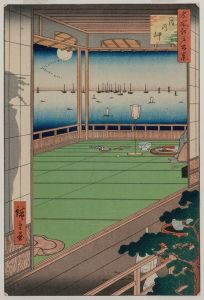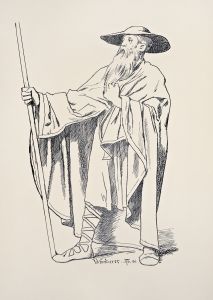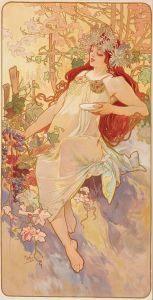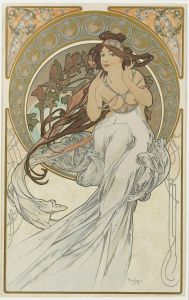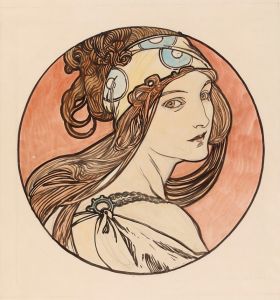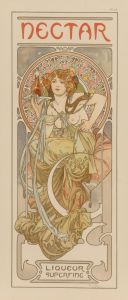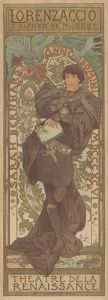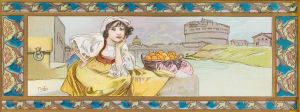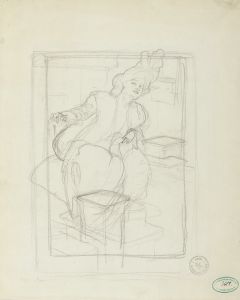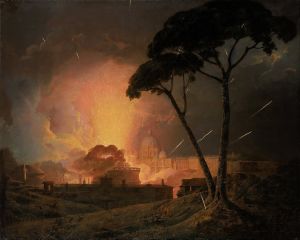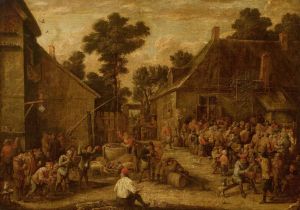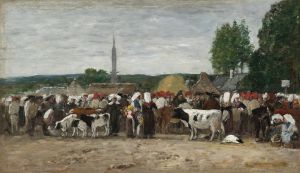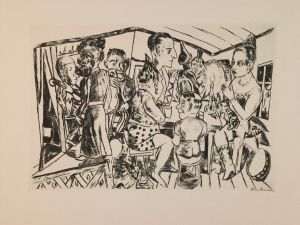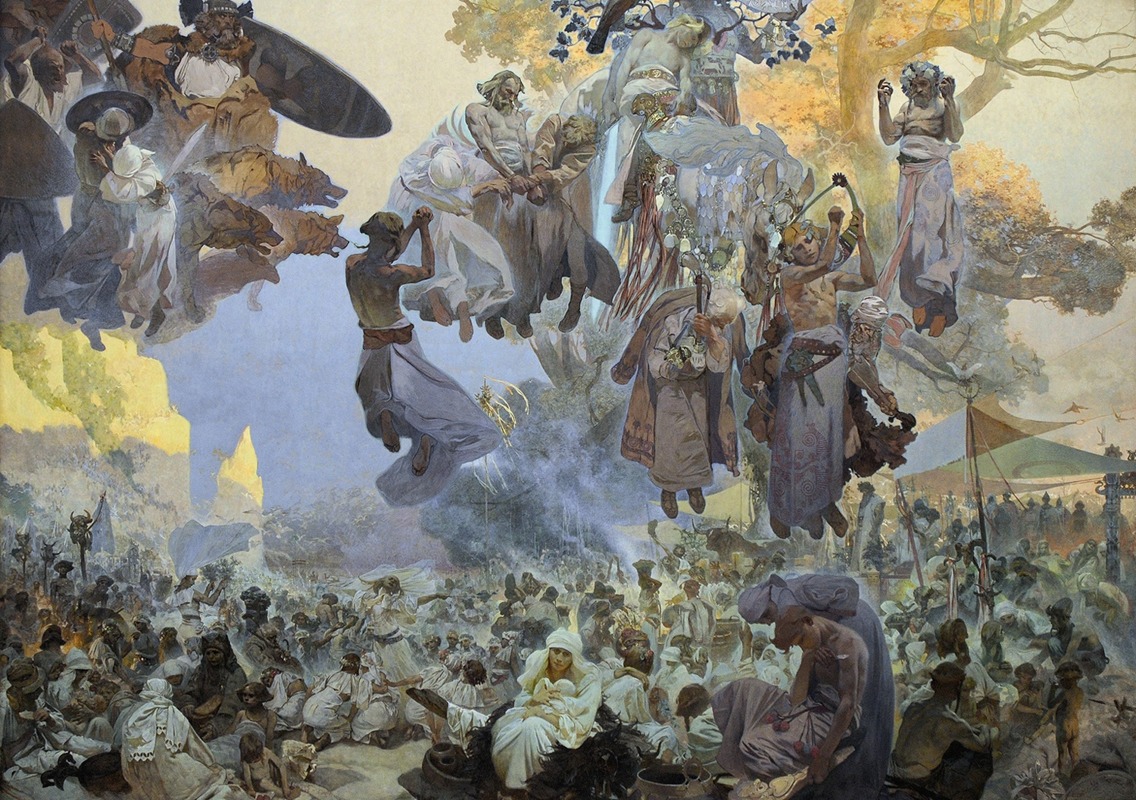
Svantovit Celebration On The Island Of Rügen
A hand-painted replica of Alphonse Mucha’s masterpiece Svantovit Celebration On The Island Of Rügen, meticulously crafted by professional artists to capture the true essence of the original. Each piece is created with museum-quality canvas and rare mineral pigments, carefully painted by experienced artists with delicate brushstrokes and rich, layered colors to perfectly recreate the texture of the original artwork. Unlike machine-printed reproductions, this hand-painted version brings the painting to life, infused with the artist’s emotions and skill in every stroke. Whether for personal collection or home decoration, it instantly elevates the artistic atmosphere of any space.
Alphonse Mucha, a renowned Czech painter and decorative artist, is best known for his distinctive Art Nouveau style that became synonymous with the visual aesthetic of the late 19th and early 20th centuries. Mucha's work often featured beautiful women surrounded by lush, decorative elements, and his influence extended beyond painting to include posters, illustrations, and designs for jewelry and theater sets. Among his many works, "Svantovit Celebration On The Island Of Rügen" is a notable piece that reflects his interest in Slavic history and mythology.
"Svantovit Celebration On The Island Of Rügen" is part of Mucha's ambitious project known as "The Slav Epic," a series of 20 large canvases that depict the history and mythology of the Slavic peoples. This series was created between 1910 and 1928 and was intended to celebrate the Slavic heritage and promote a sense of unity and pride among Slavic nations. Mucha dedicated much of his later life to this project, which he considered his magnum opus.
The painting "Svantovit Celebration On The Island Of Rügen" specifically focuses on the ancient Slavic deity Svantovit, a god of war, fertility, and abundance, who was worshipped by the Slavic tribes of the Baltic region. The island of Rügen, located in the Baltic Sea, was historically significant as a religious center for the Slavic peoples, particularly the Rani tribe, who built a temple dedicated to Svantovit there. This temple was one of the most important religious sites in the region until it was destroyed during the Christianization of the area in the 12th century.
Mucha's depiction of the Svantovit celebration is rich in historical and cultural symbolism. The painting captures the grandeur and spiritual significance of the event, illustrating the rituals and ceremonies that would have taken place in honor of the deity. Mucha's attention to detail and his ability to convey the mystical and sacred atmosphere of the celebration are evident in his use of color, composition, and intricate patterns.
The painting is characterized by Mucha's signature style, with flowing lines and harmonious compositions that draw the viewer into the scene. The figures in the painting are depicted with a sense of movement and vitality, reflecting the dynamic nature of the celebration. Mucha's use of light and shadow adds depth and dimension to the work, enhancing the overall impact of the scene.
"Svantovit Celebration On The Island Of Rügen" is a testament to Mucha's dedication to exploring and preserving Slavic culture through his art. It serves as a visual narrative that not only celebrates the past but also seeks to inspire future generations to appreciate and honor their cultural heritage. The painting, along with the rest of "The Slav Epic," remains an important cultural artifact, reflecting Mucha's vision and his contribution to the world of art and history.
Today, "The Slav Epic" is housed in the Czech Republic, where it continues to be admired by art enthusiasts and historians alike. Mucha's work, including "Svantovit Celebration On The Island Of Rügen," remains a significant part of the Art Nouveau movement and a valuable representation of Slavic cultural identity.





